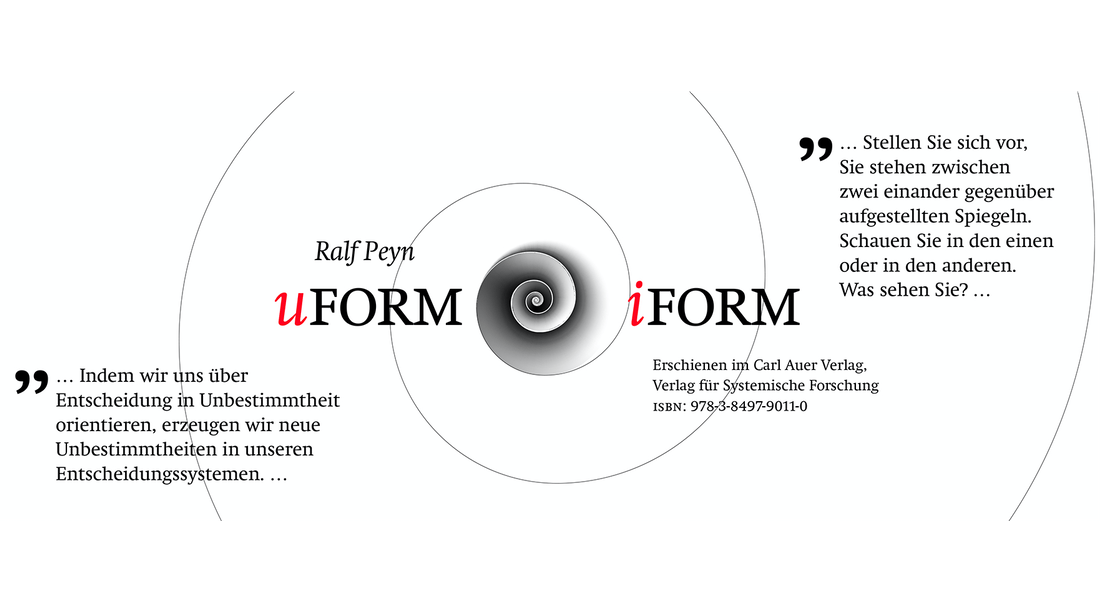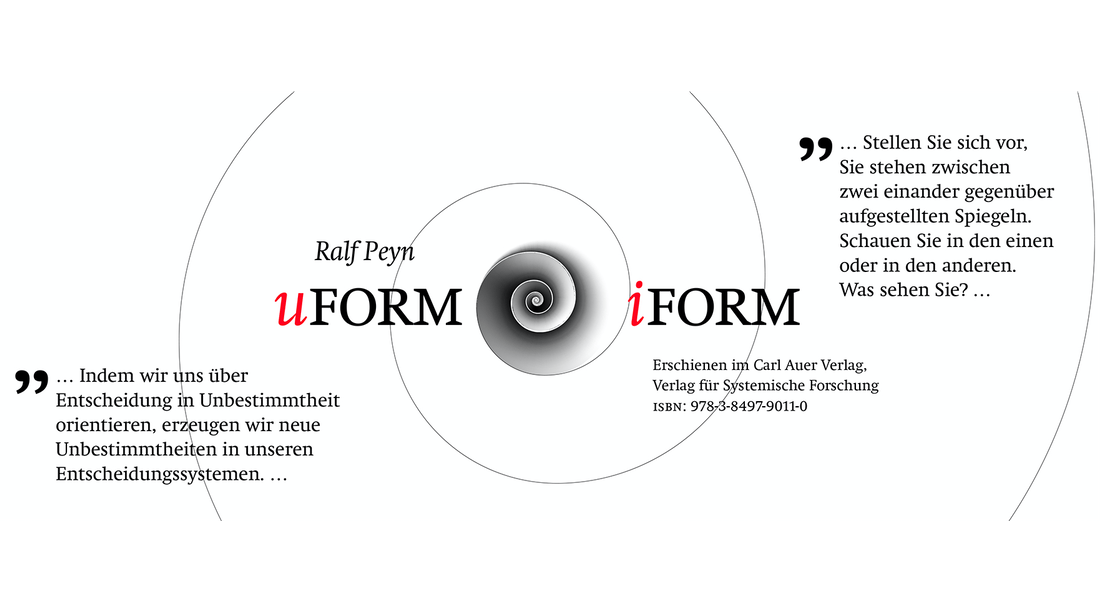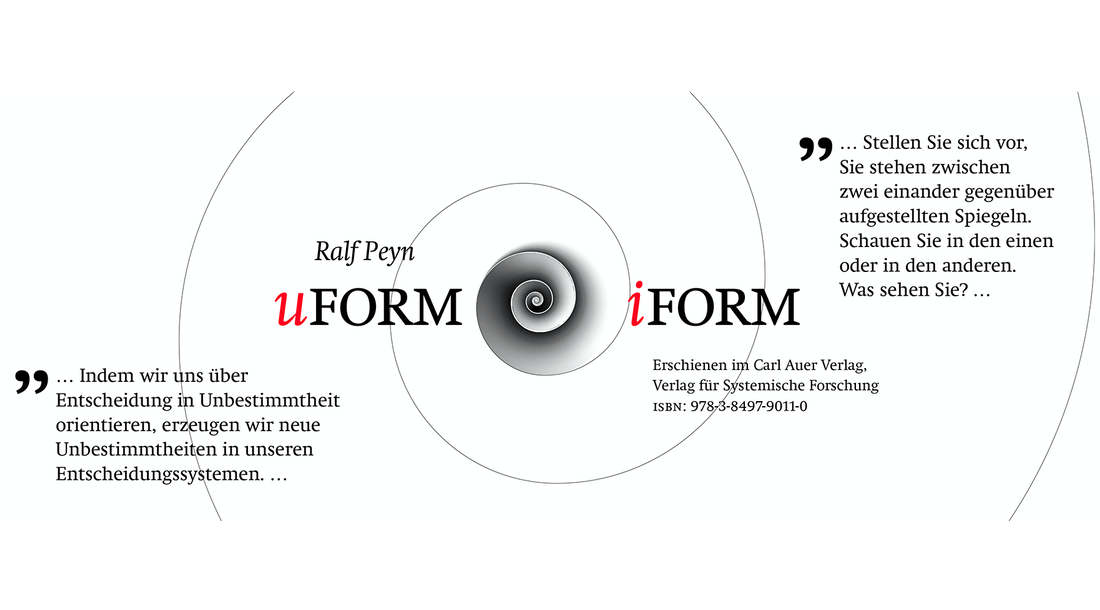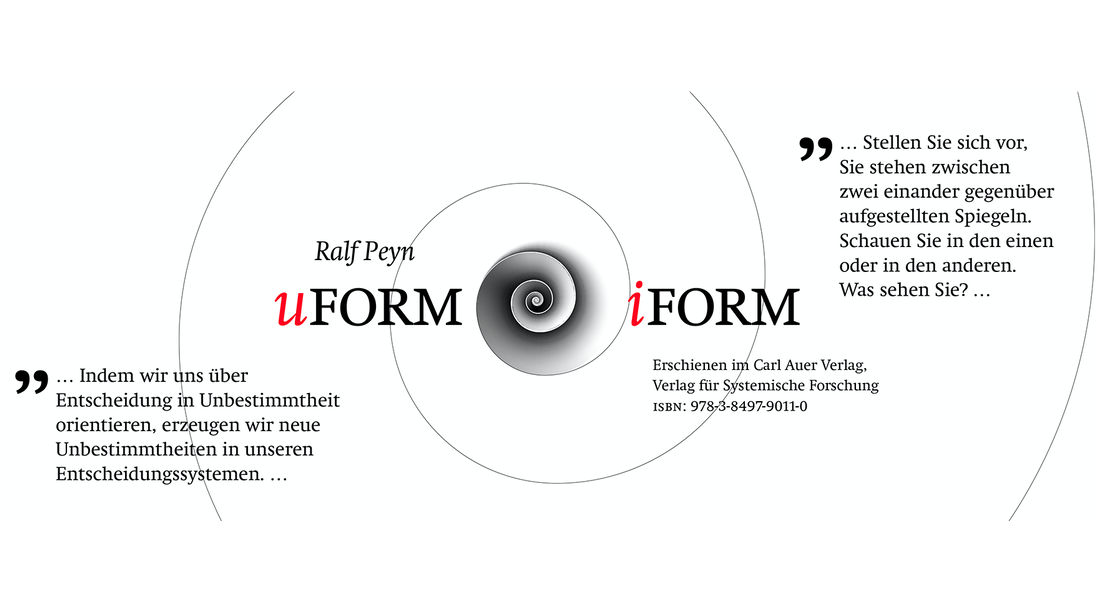How does System function/operate 4 – about gliders, stillFORMs and blinkers and why we need constructive models and emulation

Some people say: “You cannot compare artificial life-forms with real life systems.”
That view is warped and restrictive … because in general you can compare everything with everything, and in particular: Why shouldn’t artificial life-forms function/operate as systems in (your/their) real life?
Merely descriptive models produced in ordinary language are generally lacking in comparison to constructive models and artificial autopoietic, autarkic and autonomous systems.
The moment we can run the experiment we should, in order to test our hypotheses and in order to learn more than we already know or estimate about autopoietic systems, decision systems, cognitive systems and social systems.
Generating descriptive and analog models attempts to initiate thought experiments and communication about them. They try to catch and cage processes from our empirical reality, explain their occurrence and formation and also anticipate how these processes develop. The descriptive model is quite rigid, it does not change with the developments, but rather tends to try and freeze them in judgment or principle. To test our thoughts and find out where they can lead we should better find a FORM to set them free and let them play out referring (only) on themselves, without (so far as possible) allowing our observing them and maybe wishful thinking and cognitive limitations to intervene. Emulation – reconstructing the system in/with another system – can serve as such a FORM, ideally in a way that also enables others to observe the evolution of the experiment, so that we can discuss and exchange and learn our differing perspectives of the (consensually) observed thought products.
Ordinary language based descriptive models only produce snap-shots. They try to add one to the other to get the bigger picture, but they cannot substitute running systems/programs that demonstrate us how they evolve in time, how they work, how they compute.
Autopoietic systems relate themselves to themselves. This means that they compute themselves. They don’t even know how they compute themselves tomorrow. We, observing them from outside, can only approximate whereto they will develop, but can not anticipate the exact outcome, the way and structure of the evolution of the system. (For further information read: digital/analog, analog/digital – Eine funktionale Leitdifferenz in Wirklichkeitsemulation? if you don’t read German use DeepL https://www.deepl.com/translator to translate into English)
The interactive engagement with the model is a crucial point. Thought models operate only in our thoughts. To communicate them we pour them via language into a more solid form. The common procedure then is to talk with other people about this solid form. This way we try, often with small success, to compare our models and experiences with the models and experiences of others. We risk to get stuck on the linguistic level of description. So how can we construct a flexible focus to initiate interactive thought experiments and to coordinate and learn from the diversity of opinions and experiences …
We create an emulation: a complex and self-evolving method to deliver possibilities to orientate consensual/dissensual observation. It runs on itself. It is hard to predict or influence. Each observer can interpret it on her/his own terms. He/she decides how to comprehend, how to deal with it and what connections she/he sees to his/her world/experience. Then we can co-operate using the emulation as a flexible focus for communication and coordination.
The running emulation reacts on itself but not on our interpretation. It shows us how our original thought experiment plays out when set free in our world.
In a way the emulation provides us with the advantages of a contract to remove confusion by setting some basic rules without binding us to the disadvantages of linear and predetermined procedures.
Constructive models and emulations will not render descriptive models extinct. We all know about the creativity of analogies, metaphors, expectation and statistics, the power of images, fantasy and dreams, news and FORMalization. Emulation and description support and enrich one another, sometimes they compete, but not to delete the other because this would also finish the winner: they complement each other in research and progress.
Remember: When you use descriptive models to analyze a (real life) system you kind of shout “freeze” to then sculpt or paint it. The result might be sophisticated, even beautiful, but it is in itself dead and needs to be revived by/in the imagination of the experienced observer. It/they are only so good and functional like those working with them. The liveliness of constructive models and emulations enables us to see our assumptions in action, instantly we recognize what we have expected but even more important also what we didn’t know, what was unexpected, where we went wrong, what we didn’t think could/would happen. Thus we learn from the experiment and the most basic traits of self-referential systems: self-determination and unpredictability.
Presuppositions, self-fulfilling prophecies, inaccuracy and imprecision make way for dysfunctional models … which we should not mistake for uncertainty … of cognition, of communication, of action, of thinking, of science, of systems theory and world …
Given the provided plan/model to construct (an) artificial living system(s) is complex and rudimentary enough we can follow their self-computation and observe how they evolve. We can analyze their behavior and compare it/them to other systems we (deem to) know and experience.
Most systems in our world overwhelm us and suck us in. That’s why they are so difficult to comprehend. And that’s also why we want and need to explore them. Artificial Living Systems are portable, treacherously easy and quite manageable. But don’t underestimate them and take them for simpletons because they can teach us/you some core features of life which we tend to overlook when we are too involved in our world/expectation.
We use systems to analyze systems and propose to you to also give it a try. Humanities and Sciences can profit from constructive models and emulation, especially in their interaction.
Before you continue reading make sure to recapitulate my explications on decisionFORMs, lifeFORMs and mindFORMs in: How does System function/operate 3
To gain a thorough and deeper comprehension of FORM study Ralf Peyn, uFORM iFORM, Heidelberg 2017. If you don’t read German use DeepL https://www.deepl.com/translator to translate.
Watch https://www.youtube.com/watch?v=j5qCwIR_l7U&t=962s and observe some self-referential systems we call lifeFORMs evolving from initial system states, or in other words: solving initial problems.

On their way they build
gliders: self-reproducing FORMs that move in self-determined direction, (re)organizing themselves and their boarder(s). Nearing/Colliding (into) other FORMs they interact and change: sometimes they dissolve, sometimes they reFORM into altering FORMs or new gliders or they become stillFORMs or blinkers.
stillFORMs: having emerged those guys seem not to change at all, unless they come in contact with altering FORMs or gliders. But if you think of them as static you are invisibalizing that the whole system you are watching is in continuous (re)creation, in continuous re-entry. Those stillFORMs are redundant products in an evolving system, they are same decisions made again. They cannot be produced in any constellation. They have to fit to stick together, otherwise the system would tear them apart.
and blinkers: FORMs that switch between a (relatively small) number of equal states and keep their relative position in the system (constant). They also must fit to hold their FORM in the evolving system. Even small disturbances in their surroundings and they may dissolve or alter.
While observing these systems keep in mind that each FORM is watching its neighborhood and kind of “asks” itself:
“What’s happening?”
“Anybody else around?”
“Just two? No need to change …” (stabilize)
“No one … well, then I’ll also leave/sleep.” (empty in deprivation)
“Three, nice! Let’s see what they are all about and how I can fit in/decide/make my point.” (reFORMation)
“More then three … too much action/risk for me … I’ll better shut down.” (empty in overload)
(logical) Emptiness also has a function in decision. There is something stiring/tearing/brewing in the blackness … throw in some other FORM and you will see how very alive and instable emptiness can (re)act.
Also empty FORM is continuous result of the whole system and its decision making processes and can only be produced.
What we decide not to think, not to communicate is of importance. Silence functions as a device in music making. Empty FORMs are still FORMs.
Neighboring FORMs in blinkers and stillFORMs have to fit together to co-exist. You can think of them as teams/groups that can work together and hold their ground or thoughts that can keep their position. For example: it might need two determined and one undetermined and one imaginative to not break apart (in a lifeFORM with this specific constructionFORM).
Blinkers and stillFORMs come into existence as (by)procducts of altering FORM, but they also serve as food for FORMaltering to change FORM, to asymmetrisize and prolong FORM development.
Gliders demonstrate you “Who can dance with whom and how …”
lifeFORMs can teach you how systems (minds/groups/teams/nations/organisms/…) handle conflict, stability, stagnation, paradoxes, cooperation, progress, emergence, change …
I hope my hints could free your imagination and raise your interest in lifeFORMS/decisionFORMs/mindFORMs https://www.youtube.com/channel/UCZjKMohiTT1Tjo5z2BmB18g/videos
If you still can’t see lifeFORMs but only colored dots, this might help: As a child, when you saw your first football game, you couldn’t grasp it, you couldn’t discriminate the FORMs and the inner workings, you heard the noises but didn’t get what all the excitement was about … with time your experiences grew, your expectations shaped, you learned the rules, you talked to others about it and began to feel the fever …
and this was just a beginning.
Thank you for your attention.



